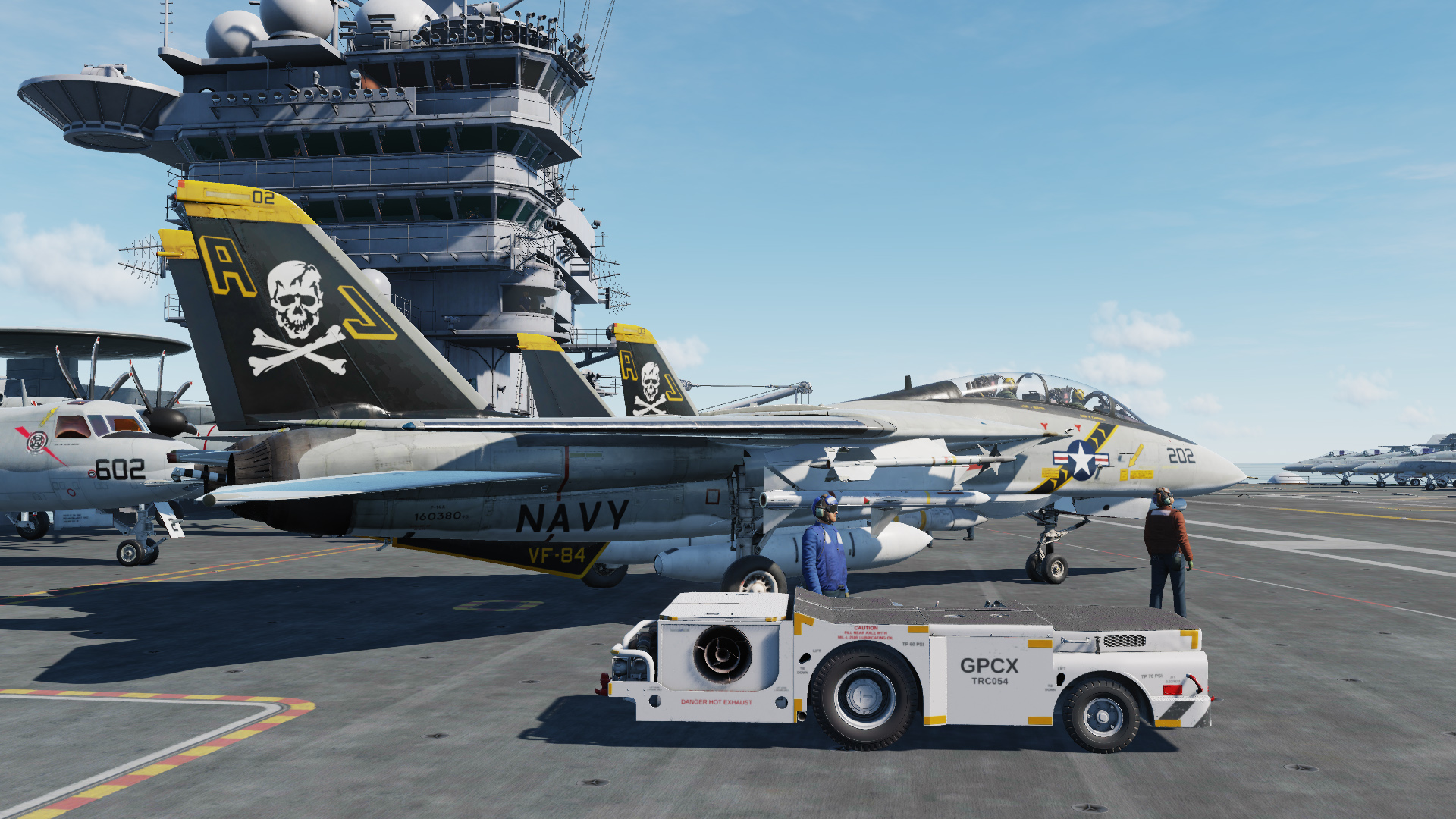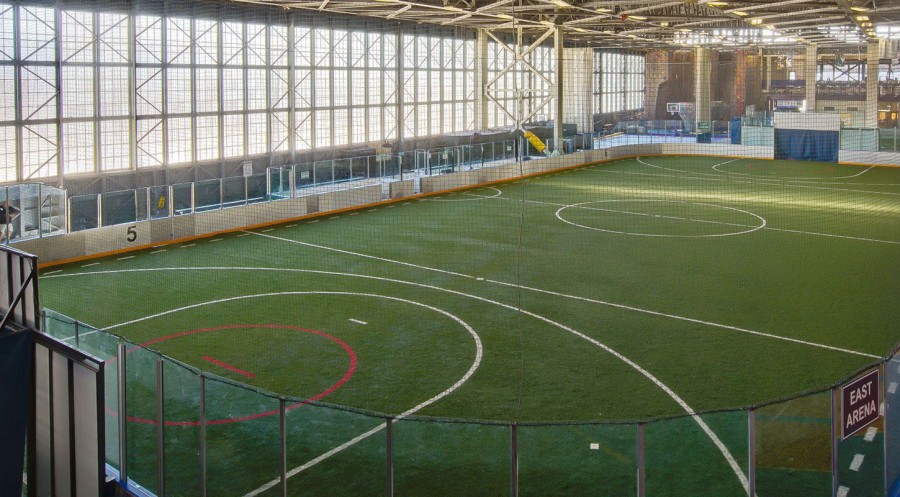Depended on the squadron and the situation. When we first loaded up for Desert Storm, my squadron carried two AIM-9, three AIM-7 and one AIM-54.
TARPS airplanes (which had the reconnaissance pod in the belly - that took up two station in the back, and precluded use of the forward two belly stations) were one AIM-54, one AIM-7 and two AIM-9.
Other squadrons went 2/4 AIM-9/AIM-7. We preferred the range, active modes, and tactical options of the Phoenix.
Disadvantages of the AIM-54 were weight and arming on the cat. But the F-14 had lots of weight available, so, we carried it throughout that conflict.
In Bosnia, I flew with VF-41. They still preferred sparrow over Phoenix. 2/2 for a load out, usually. Sometimes more.
I’m going off memory, here, but an AIM-9 was designed to disable the airplane. 27# warhead would do that. Particularly if it hit the engine or empennage, which was where it was originally intended to guide. The heat source. The pilot would likely eject from the disabled airplane.
The AIM-7 had an 85# warhead, which gave it capability against big airplanes. One engine out in a bomber may, or may not, slow him down, so AIM-9 wasn’t always a good choice against a big airplane. The AIM-7 was going to tear up a fighter with that big of a warhead. The pilot would likely not survive.
Now, the AIM-54 was designed, from the beginning, to bring reliably, decisively, bring down a high altitude, supersonic bomber. It had a 135# warhead to accomplish that. A beast of an air to air missile.
A bomber would not survive that warhead. A fighter wouldn’t either.
TARPS airplanes (which had the reconnaissance pod in the belly - that took up two station in the back, and precluded use of the forward two belly stations) were one AIM-54, one AIM-7 and two AIM-9.
Other squadrons went 2/4 AIM-9/AIM-7. We preferred the range, active modes, and tactical options of the Phoenix.
Disadvantages of the AIM-54 were weight and arming on the cat. But the F-14 had lots of weight available, so, we carried it throughout that conflict.
In Bosnia, I flew with VF-41. They still preferred sparrow over Phoenix. 2/2 for a load out, usually. Sometimes more.
I’m going off memory, here, but an AIM-9 was designed to disable the airplane. 27# warhead would do that. Particularly if it hit the engine or empennage, which was where it was originally intended to guide. The heat source. The pilot would likely eject from the disabled airplane.
The AIM-7 had an 85# warhead, which gave it capability against big airplanes. One engine out in a bomber may, or may not, slow him down, so AIM-9 wasn’t always a good choice against a big airplane. The AIM-7 was going to tear up a fighter with that big of a warhead. The pilot would likely not survive.
Now, the AIM-54 was designed, from the beginning, to bring reliably, decisively, bring down a high altitude, supersonic bomber. It had a 135# warhead to accomplish that. A beast of an air to air missile.
A bomber would not survive that warhead. A fighter wouldn’t either.



